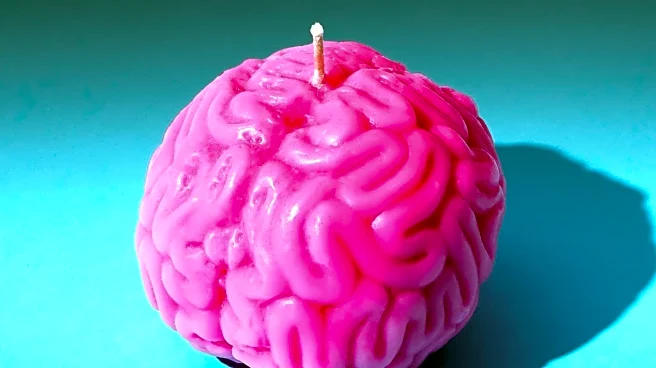What is the story about?
What's Happening?
Walking is identified as the most popular physical activity among adults in several global regions, including the Americas. Professor Brian Carson from the University of Limerick explains that walking is a whole-body activity that increases energy expenditure and metabolic demands. It also enhances neurological functions and boosts creative thinking. Walking activates the parasympathetic nervous system, reducing stress hormone levels and promoting relaxation.
Why It's Important?
Walking offers a low-impact, accessible form of exercise that can be easily integrated into daily routines. Its benefits extend beyond physical health, contributing to mental well-being and stress reduction. As a foundational activity, walking supports overall health maintenance and can be a gateway to more intensive physical activities. The simplicity and effectiveness of walking make it a valuable tool in public health strategies aimed at increasing physical activity levels.
What's Next?
Public health campaigns may continue to promote walking as a primary form of exercise, encouraging communities to incorporate it into their daily lives. Further research could explore the specific health outcomes associated with regular walking, potentially influencing urban planning and community design to support pedestrian-friendly environments.
Beyond the Headlines
The emphasis on walking highlights the importance of accessible exercise options in promoting public health. This focus may drive innovations in wearable technology and fitness tracking, enhancing engagement and motivation for individuals seeking to improve their health.
AI Generated Content
Do you find this article useful?














